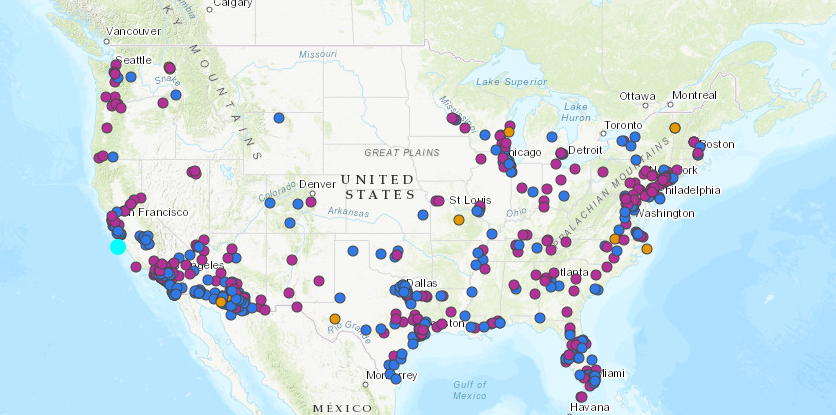Long-Term Missing

Overview
Long-term missing children cases are those in which all viable leads have been thoroughly investigated, but the child has not been recovered. Just because a case remains unsolved for many years does not make it less important to the families, law enforcement, or NCMEC. Our team also provides support for unidentified remains of children.
By the Numbers
In a recent analysis of cases reported to NCMEC between 2014 and 2016.1
98%
of cases involved children who ran away or were abducted by a family member.
3,147
children were recovered after being missing 6 months or longer.
151
children were recovered after having been missing for a decade or longer.
What NCMEC is Doing About it
- Age progressions: For children missing two years or more, our team of forensic artists age progress their faces to show what they might look like today and increase the likelihood of someone recognizing them.
- Team Adam: A team of over 130 retired former local, state, and federal law enforcement officers who donate their time and experience to assist law enforcement agencies with long-term missing children cases.
- Comprehensive case reviews: We bring together over two days the agency responsible for the case, investigators representing federal, state and local law enforcement and relevant subject-matter experts to provide recommendations for continuing the investigation and search.
- Anniversaries: We help publicize through traditional and social media the anniversaries of a child’s disappearance to keep the case prominent.
- HelpID Me: One way that the Forensic Services Unit helps enlist the public’s assistance in identifying unknown deceased children. Facial and skull reconstructions and other information are shared through this public Facebook page.
NCMEC’s Forensic Services Unit works with industry experts to help find long-term missing children and to identify deceased children remains. Members of this unit can assist law enforcement, medical examiners, and coroners by:
- Using case management software, reviewing records, utilizing our case analysis services, and comparing to similar cases and offenders.
- Ensuring DNA is collected and profiled from both missing children and cases of unknown children in CODIS
- Facilitating collection of dental records for forensic odontology coding
- Facilitating the collection and coding of fingerprints
- Documenting all personal belongings found with a deceased child such as jewelry and clothing for dissemination to the public and law enforcement
- Searching and analyzing data for possible matches in the NCMEC, NamUS, and NCIC databases.
